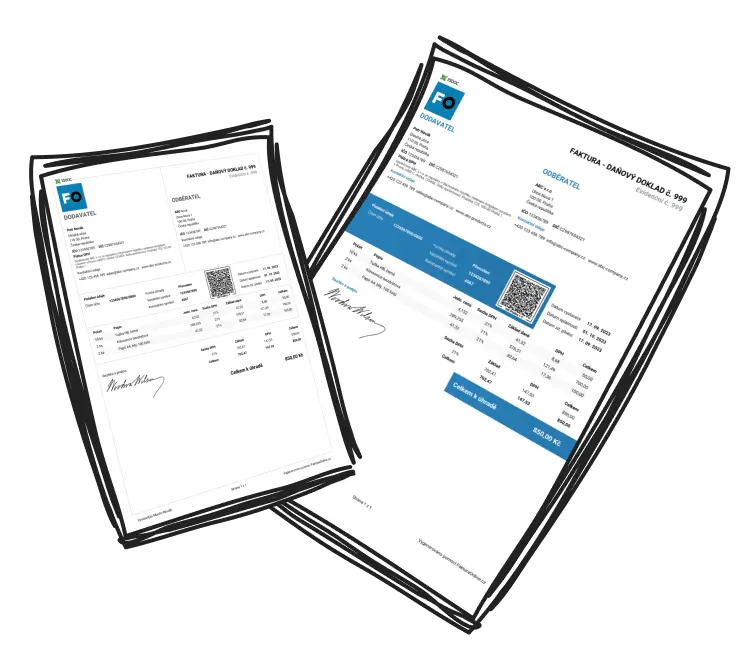What Constitutes a Credit Note in Credit Note Refunds?
A credit note, or credit memorandum, is crucial in the credit note refund process, issued by sellers to correct errors like overcharges, defective goods, or incorrect invoice quantities. Acting as a reverse invoice, it acknowledges discrepancies and reduces the buyer's payable amount without a direct financial transaction. For example, if an invoice of $1,000 should have been $800, a $200 credit note refund is warranted. This approach is advantageous for ongoing business relationships and reduces the administrative load of issuing refunds.
How to Organize a Credit Note Refund for an Invoice Overcharge?
Refunds address overcharges by reimbursing the buyer quickly and effectively. Below is a step-by-step guide:
Step 1: Verify the invoice overcharge by reviewing purchase orders and payment records.
Step 2: Confirm the customer's preferred refund method (e.g., bank transfer, credit card reversal, or check).
Step 3: Process the refund in compliance with company policy and financial standards.
Step 4: Provide a refund confirmation document to the customer for transparency.
Resolving discrepancies promptly preserves trust and ensures the issue is professionally handled.
When is a Credit Note Refund the Best Choice?
When customers prefer invoice adjustments for use against future purchases instead of refunds.
For installment-based transactions or ongoing business relationships.
When company policy suggests credit notes for minor overcharges to streamline reconciliation.

Tip
Consider credit notes for credit note refunds when standard refunds aren’t necessary, particularly in ongoing transactions.
What is the Correct Process for Issuing a Refund or Credit Note Refund?
An efficient process for both refunds and credit note refunds ensures overcharges are handled correctly:
Review the Invoice: Cross-check the original invoice to verify the overcharge and assess the suitability for a credit note refund.
Agree with the Customer: Ensure clarity with the customer about the credit note refund amount and its precise terms.
Execute the Refund: Conduct the process through the selected avenue, whether direct deposit, credit reversal, or issuing the credit note refund.
Log and Acknowledge: Record the transaction in the accounting system and provide confirmation to maintain transparency.
By following these steps, both refunds and credit note refunds maintain professionalism while ensuring compliance with financial regulations.
Are Credit Notes and Refunds Effective in Correcting Invoice Overcharges through Credit Note Refunds?
Yes, both credit notes and credit note refunds are effective tools in correcting invoice overcharges. Credit notes and credit note refunds decrease future liabilities and suit ongoing business relations, whereas direct refunds apply to final or one-off transactions. Ultimately, the decision between a credit note refund or a straightforward refund depends on customer requirements, transaction specifics, and company policy, guaranteeing transparent and appropriate adjustments.


